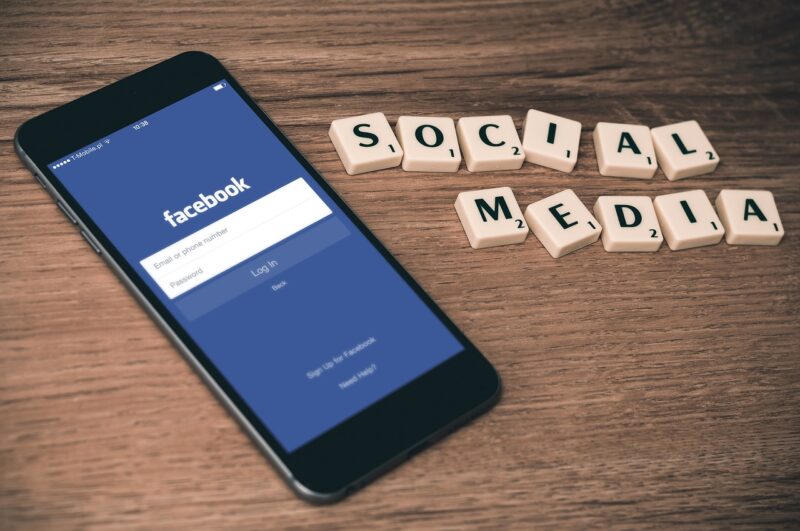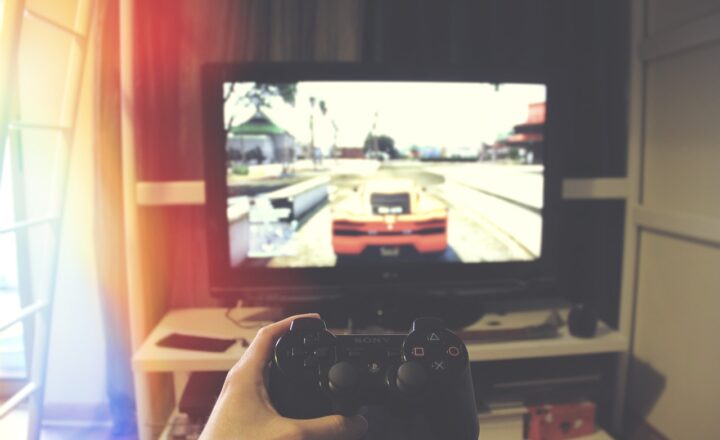Navigating the Social Media Maze: Tips for Staying Sane in a Digital World
November 18, 2024

In today’s hyper-connected society, social media has become an integral part of our lives. However, while these platforms offer incredible opportunities for connection and creativity, they can also lead to anxiety, stress, and a sense of overwhelm. Understanding how to navigate this maze is crucial for maintaining mental sanity and finding balance in the digital world.
1. The Double-Edged Sword of Social Media
Social media platforms like Facebook, Instagram, Twitter, and TikTok are designed to capture our attention. They have revolutionized communication, allowing us to connect with friends and family, find communities of interest, and access information instantaneously. However, this comes at a cost;
- Comparative Culture: Social media often curates idealized versions of people’s lives, leading to unhealthy comparisons and feelings of inadequacy.
- Information Overload: The sheer volume of information available can become overwhelming, contributing to decision fatigue and stress.
- Connection vs. Isolation: While it connects us to people worldwide, overuse can lead to feelings of loneliness and isolation as face-to-face interactions diminish.
Recognizing these challenges is the first step in establishing a healthier relationship with social media.
2. Setting Boundaries: Know Your Limits
One of the most effective ways to maintain sanity while using social media is to set clear boundaries. Consider the following strategies:
- Time Management: Allocate specific times of the day for checking social media, much like you would schedule any other important activity. Limiting your online time can reduce feelings of overwhelm and improve mental clarity.
- Content Control: Be mindful of the content you consume. Unfollow accounts that do not make you feel good about yourself. Instead, follow accounts that inspire positivity, education, and creativity.
- Digital Detox Days: Consider taking regular breaks from social media. Designate a day where you unplug completely, allowing your mind to reset and recharge. This can help reduce anxiety and improve your overall well-being.
Maintaining boundaries creates a healthier environment for your mental health and well-being.
3. Engaging Mindfully
Active engagement on social media can be one of the most rewarding aspects of using these platforms. However, it’s essential to do this mindfully:
- Quality Over Quantity: Focus on having meaningful interactions with your followers and friends rather than simply amassing likes and followers. Engage authentically through thoughtful comments and shares.
- Limit Notifications: Turn off non-essential notifications to minimize distractions and reduce the compulsion to check your phone constantly. Assess which notifications truly add value to your life and disable the rest.
- Practice Self-Reflection: Take time to reflect on your social media use. Ask yourself how you feel after browsing your feed. If you notice a pattern of negativity, it may be time to adjust your interactions or content consumption strategies.
Mindfulness is key to cultivating a positive and enriching experience on social media.
4. Fostering Real-Life Connections
While social media is great for online connections, fostering real-life relationships is vital for your mental health:
- Organize Social Gatherings: Use social media to arrange face-to-face connections. Organize picnics, game nights, or coffee meet-ups to deepen your connections beyond the screen.
- Limit Screen Time in Social Settings: When with friends and family, prioritize in-person interaction over devices. Keep phones away to encourage meaningful conversations and bonding.
- Seek New Connections: Engage in activities or hobbies where you can meet people in person, cultivating new friendships that can enrich your life outside of social media.
True fulfillment often comes from disconnecting from screens and connecting with people in real life.
5. Utilizing the Right Technology
Various tools and technology can help maintain a healthy social media balance:
- Apps for Digital Well-Being: Consider using applications like Moment, Forest, or Stay Focused to monitor and limit your social media usage effectively.
- Content Curators: Use tools like Feedly or Pocket to curate meaningful content that enriches your life while minimizing mindless scrolling.
- Explore Alternatives: If mainstream platforms are contributing to distress, consider alternative social networks that foster positive engagement, such as Ello or MeWe.
Using the right technology can transform your social media experience into a more positive and constructive one.
6. Know When to Seek Help
If feelings of anxiety, depression, or constant stress arise from social media use, it may be time to seek professional help. Consider:
- Therapy or Counseling: Speaking with a therapist can offer you strategies to cope with social media pressures and improve your mental well-being.
- Support Groups: Many online and offline support groups address social media-related issues, providing community and understanding to those feeling overwhelmed.
- Talk to Friends and Family: Sharing your feelings with trusted friends or family members can help alleviate burdens and provide valuable support.
Remember, it’s okay to seek help when social media interactions become overwhelming.
Conclusion
Navigating the social media maze requires intention, awareness, and effort. By setting boundaries, engaging mindfully, and fostering real-life connections, you can transform your social media experience from a source of anxiety to one of empowerment. Keep your mental well-being at the forefront, and remember, no one is perfect. It’s perfectly fine to step back and reevaluate your relationship with social media. The goal is to create a space that enriches your life rather than detracts from it.






